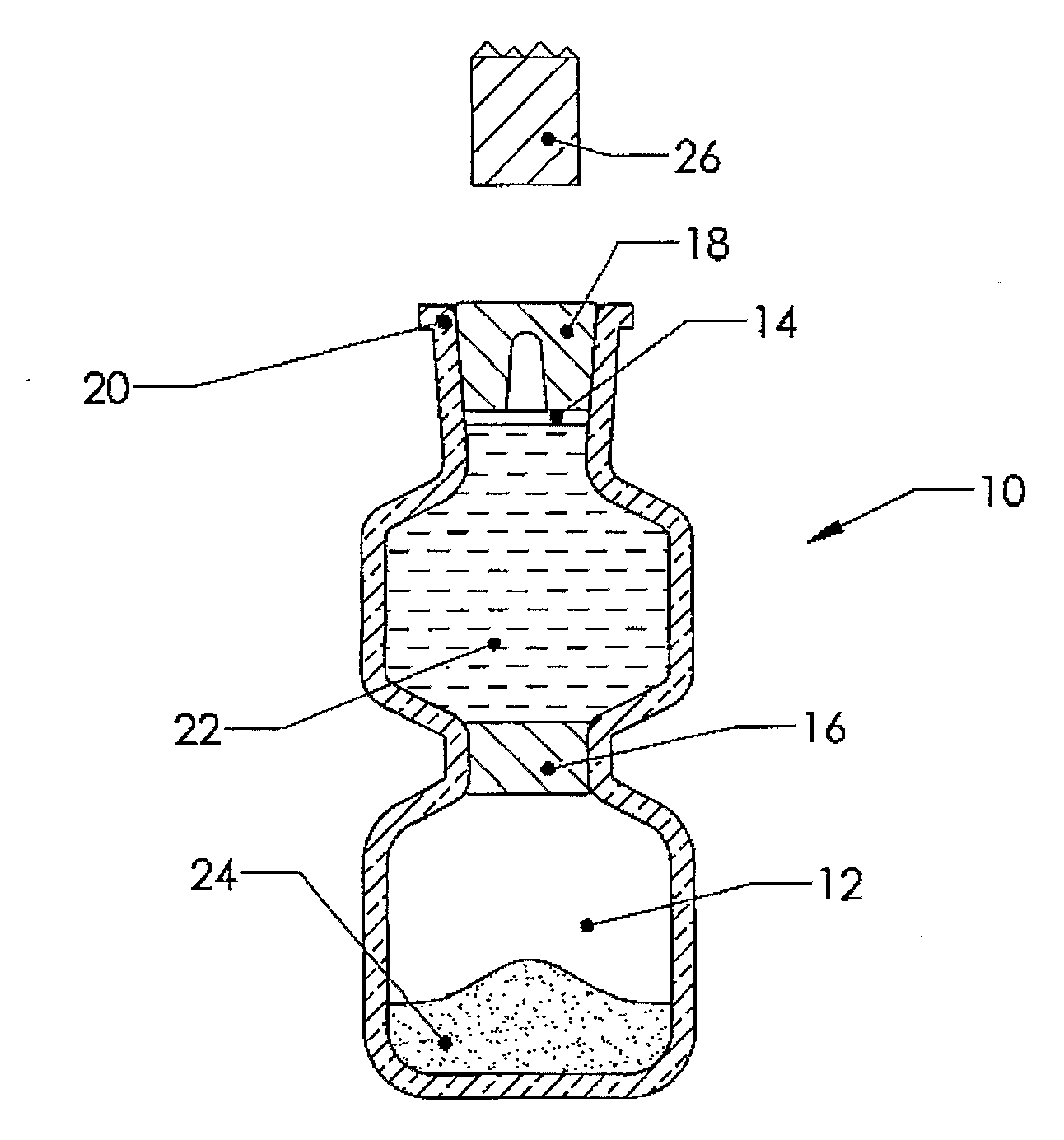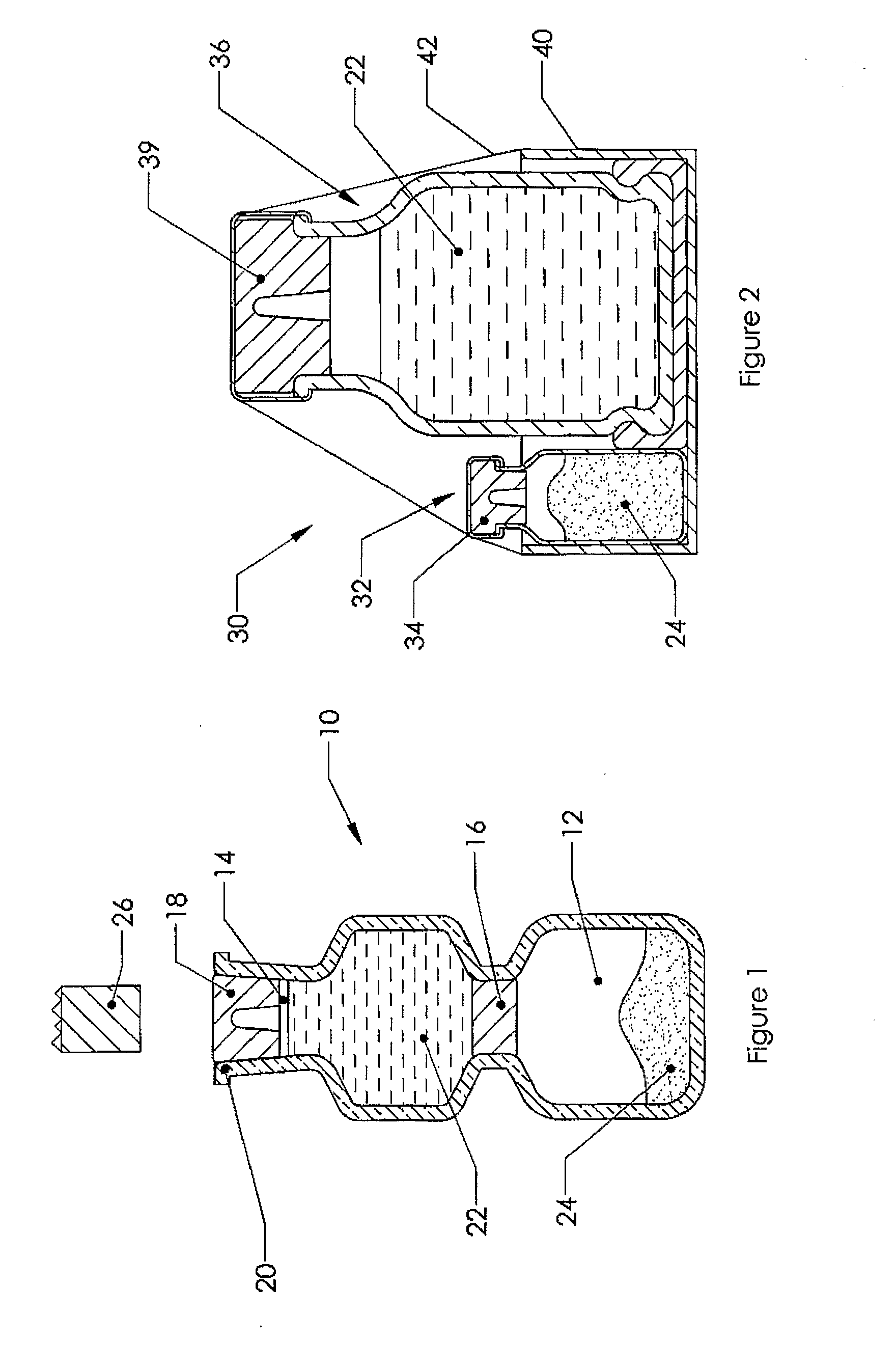Anesthesia induction and maintenance drug
a maintenance drug and anesthesia technology, applied in the field of combination drugs, can solve the problems of myocardial oxygen consumption, body experiencing and undergoing undesirable stress responses to pain, and the use of propofol to induce general anesthesia is not without problems, so as to facilitate the administration of the two drugs, facilitate intubation, and solve the problem of patient stress
- Summary
- Abstract
- Description
- Claims
- Application Information
AI Technical Summary
Benefits of technology
Problems solved by technology
Method used
Image
Examples
Embodiment Construction
[0024]The manner in which the foregoing objectives are achieved is set forth in this detail description so as to fully enable those skilled in the art to make and use the proposed combination drug for the purposes intended.
[0025]The present invention is a combination of two existing drugs, propofol and remifentanil. Propofol is chemically described as 2,6-diisopropylphenol and is often sold as an emulsion by Astra-Zeneca under the trademark Diprivan®. It is a sedative-hypnotic agent with a short context sensitive half time that is effective to induce and maintain general anesthesia, but it has minimal analgesic properties. Although a current, primary application of propofol is the induction of general anesthesia, this agent does not sufficiently attenuate the body's response to the pain of intubation or the surgical procedure thus permitting an increase in blood pressure and heart rate along with other consequences of inadequate analgesia. Lacking an analgesic effect, propofol induc...
PUM
| Property | Measurement | Unit |
|---|---|---|
| concentrations | aaaaa | aaaaa |
| particle size distribution | aaaaa | aaaaa |
| blood pressure | aaaaa | aaaaa |
Abstract
Description
Claims
Application Information
 Login to View More
Login to View More - R&D
- Intellectual Property
- Life Sciences
- Materials
- Tech Scout
- Unparalleled Data Quality
- Higher Quality Content
- 60% Fewer Hallucinations
Browse by: Latest US Patents, China's latest patents, Technical Efficacy Thesaurus, Application Domain, Technology Topic, Popular Technical Reports.
© 2025 PatSnap. All rights reserved.Legal|Privacy policy|Modern Slavery Act Transparency Statement|Sitemap|About US| Contact US: help@patsnap.com


